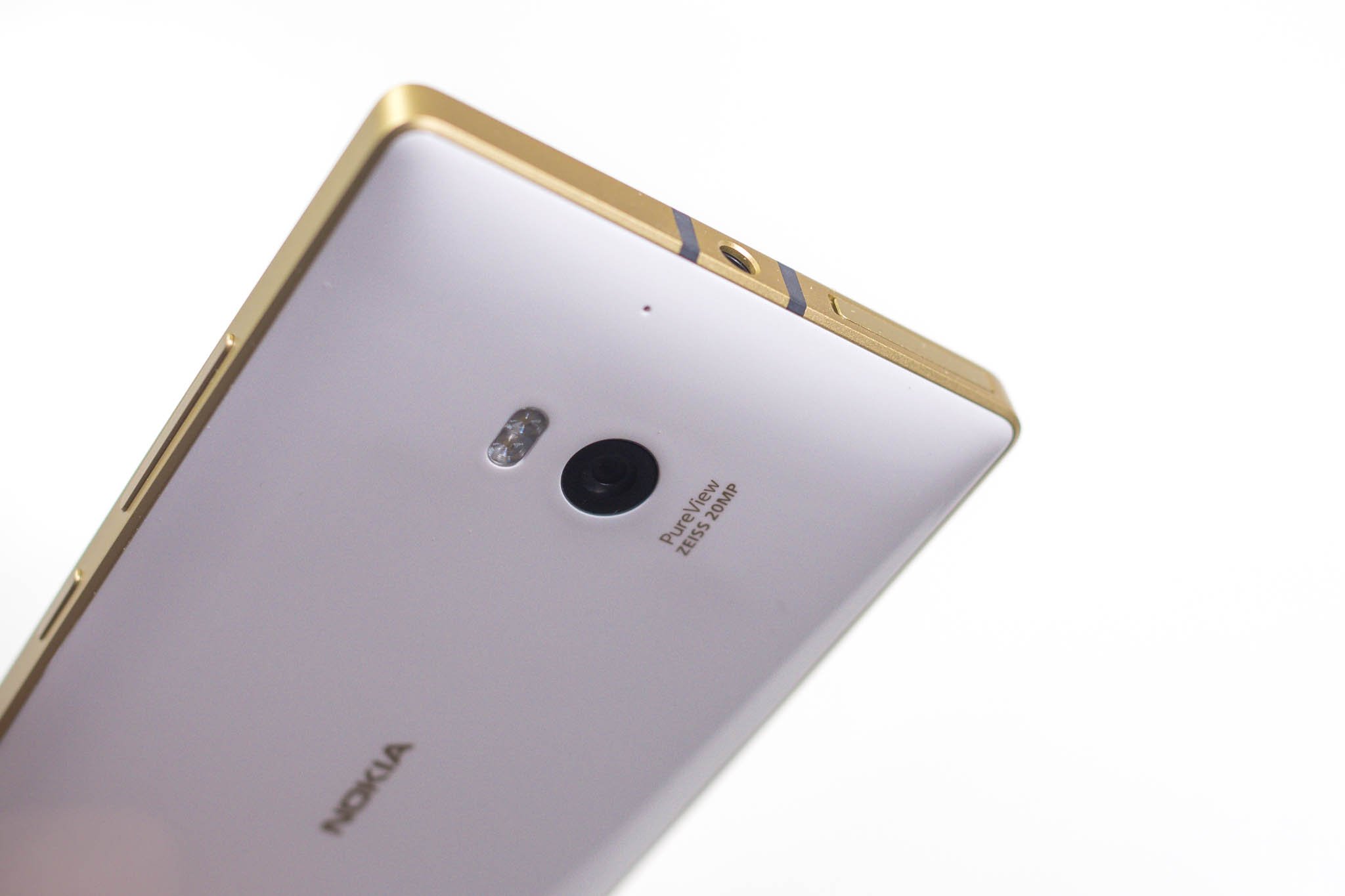Firstly, from Windows Central, Zac Bowden brings us some rightful effusiveness on behalf of the Lumia 930:
I've rocked many Lumias in my time, including the 925 the 1520 and of course, the 950. But my all-time favorite Windows phone is the Lumia 930. So after three years, how is it holding up?
...Windows Phone 8.1 rocked on the Lumia 930, so when the original Windows 10 Mobile launch came to older handsets, it was shocking to see how poorly optimized and buggy the software was on devices that originally shipped with Windows Phone 8.1. I admit, during the first six months of Windows 10 Mobile being available for the Lumia 930, things were pretty rough. Now, with the Creators Update, things are so much better.
No longer does the phone run hot for no reason, and no longer does the phone randomly reboot. Microsoft has improved most of the issues the Lumia 930 suffered from with the original Windows 10 Mobile launch, making for a much smoother and better-performing phone with Windows 10 and the Creators Update. Although it's still not "as fast" as Windows Phone 8.1 was, it's still pretty great and definitely bearable...
...The Lumia 930 still holds up surprisingly well in 2017. With improvements being made to Windows 10 Mobile in the Creators Update, the Lumia 930 performs almost just as well as it did when it first launched. The camera is still great, the display is still tremendous, and the design is still the best of any Windows Phone ever released, in my opinion anyway.
Read on in the full editorial here. I absolutely agree, and the 930 sits happily on my desk every day - I pick it up and remember what good design FELT like.
Next, we have Mehedi Hassan from MSPU, talking about the Microsoft Edge browser:
There is, however, a critical problem with Microsoft Edge: it can not be updated via the Windows Store. To add features to Microsoft Edge, Redmond needs to release a new update for the whole OS — similar to how things worked in the early days. With Windows 10, Microsoft made some amazing progress tackling this issue. Almost all of the stock apps in Windows 10 are now on the Windows Store, including Groove Music, Windows Maps, Windows Store, and even the Calculator. What this basically means is that Microsoft can add features or improvements to any of these apps whenever they want which is honestly really convenient — both for Microsoft and Windows 10 users.
Microsoft Edge, on the other hand, is not on the Windows Store, which means users have to wait for a major OS upgrade if they want a new feature on the browser. For example, Microsoft is introducing two new tab management features for Edge with the Creators Update — but these two features were quite stable a few months ago. Unfortunately, though, Microsoft is only going to start rolling out these features to users with the Creators Update on April 11 — and this rollout will take months to finish.
If Microsoft Edge is updatable via the Windows Store, Microsoft would be able to deliver similar features much more quickly to users. In this way, Edge’s features would increase with every update and it will get more powerful in terms of features — just like Google Chrome. Google releases feature updates for Chrome almost every month, adding new features to the browser itself, as well as the rendering engine. Chrome is advancing every month because of how rapidly Google keeps updating the browser.
Read on in the full editorial here. Again, I completely agree - I realise that parts of a browser are integral to a platform, but updating the browser separately to the OS has been achieved on Windows (on desktop) and on Android OS, if not properly on Mac or iOS. It's a tricky computer science problem, but it can be solved, I believe. What do you think?

